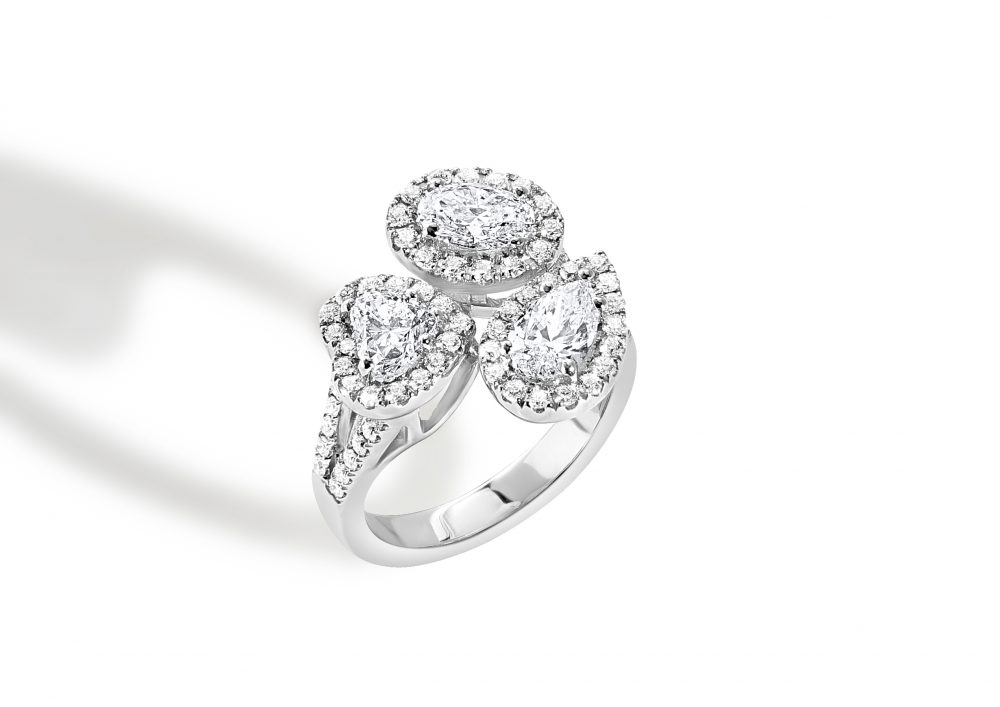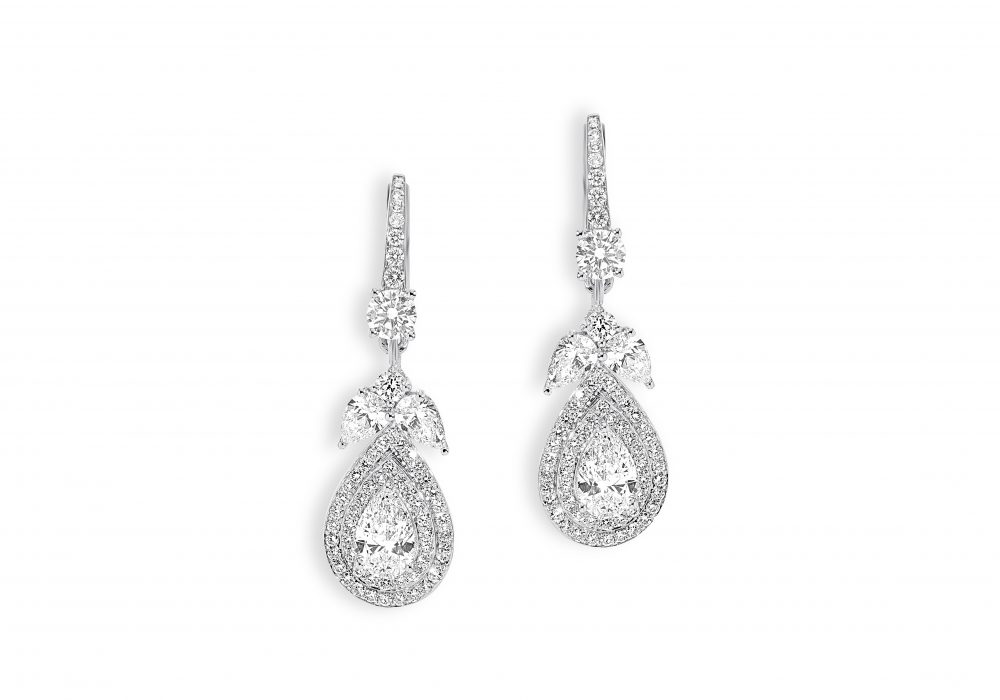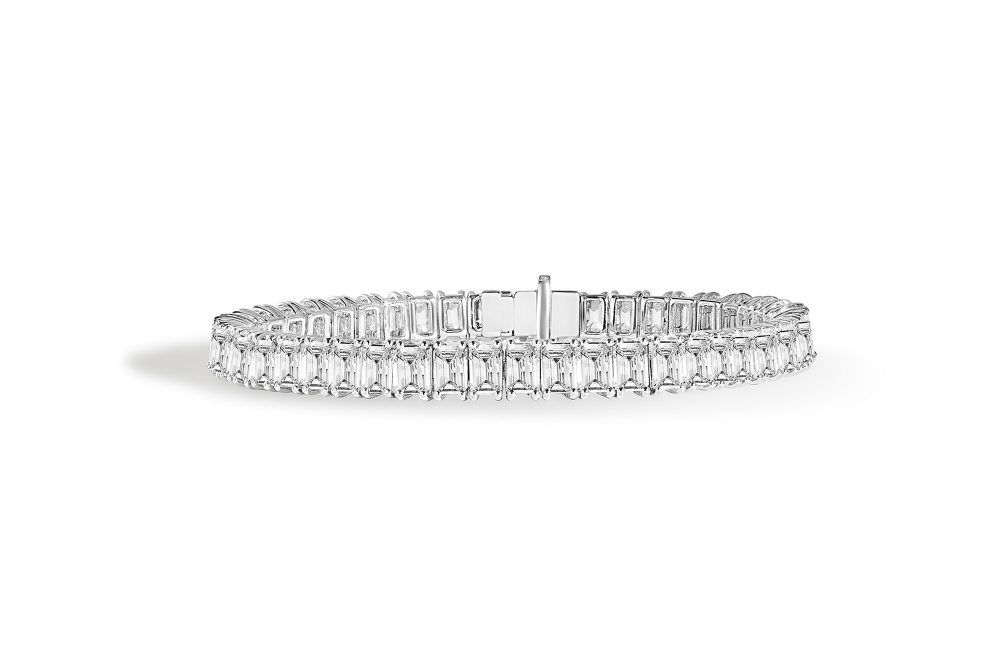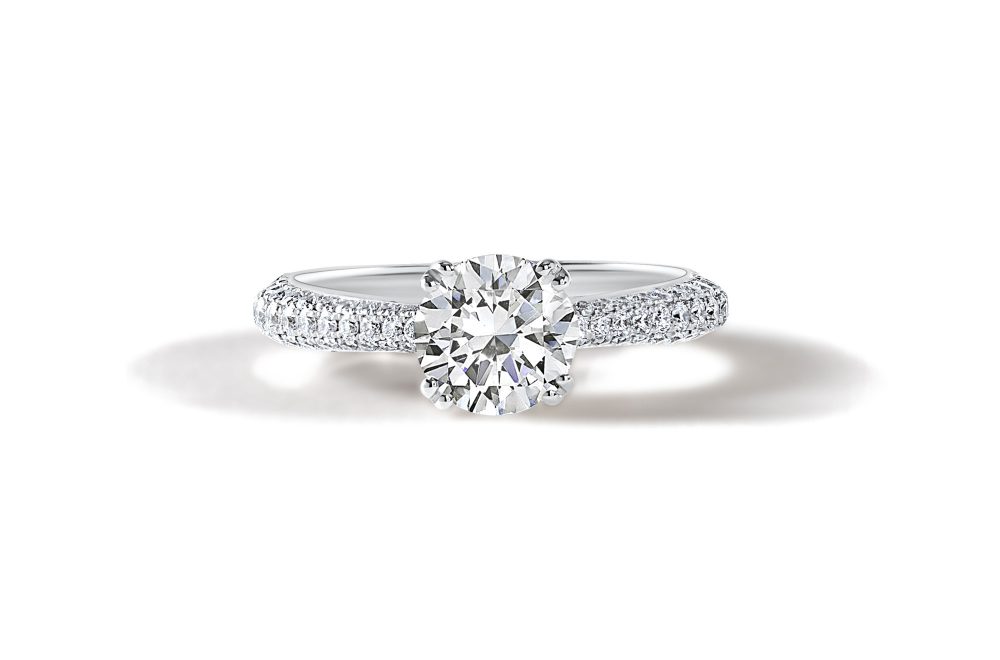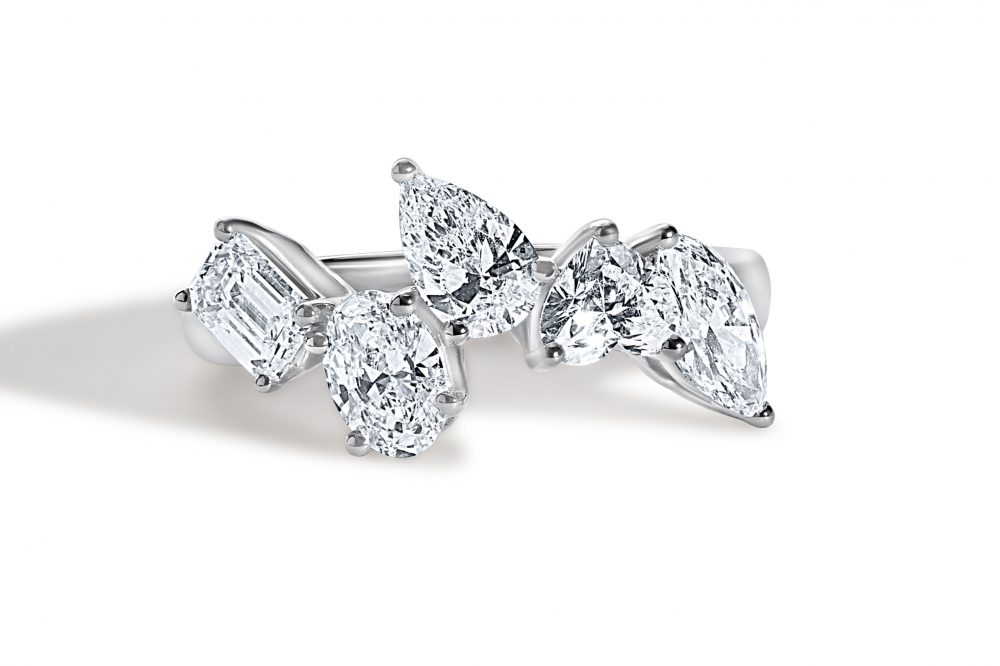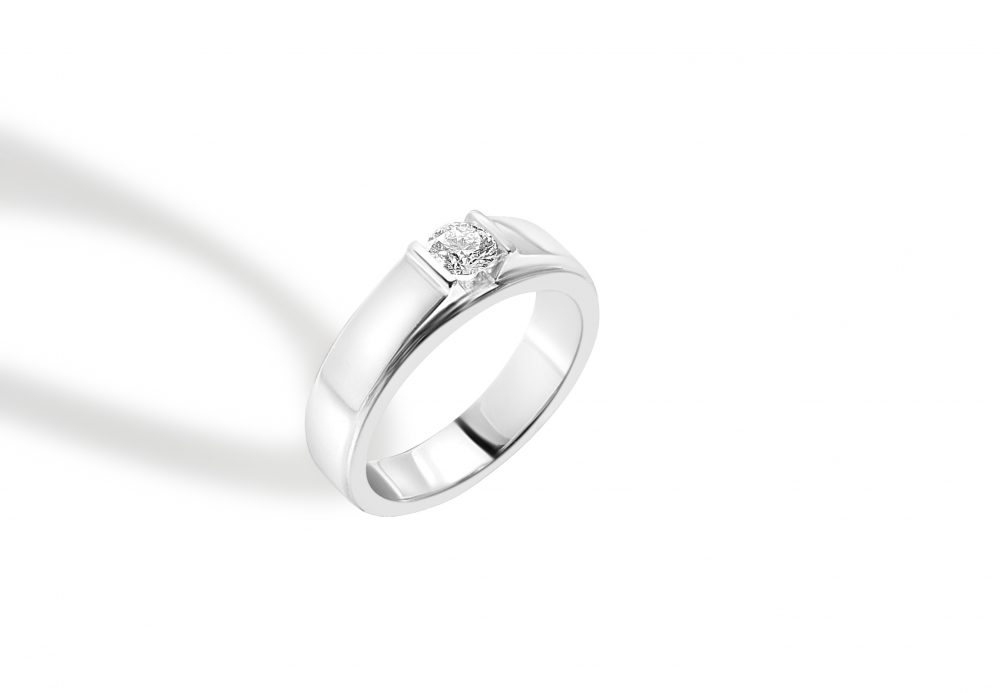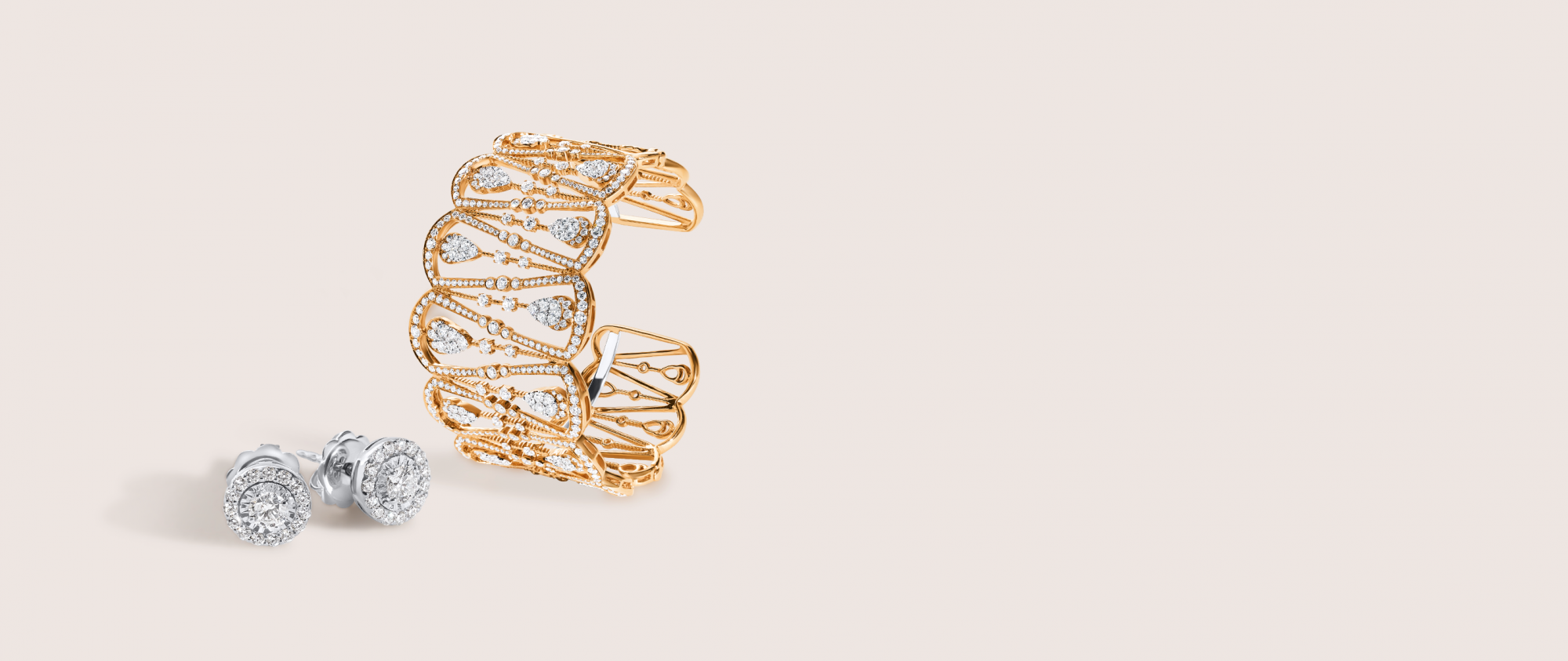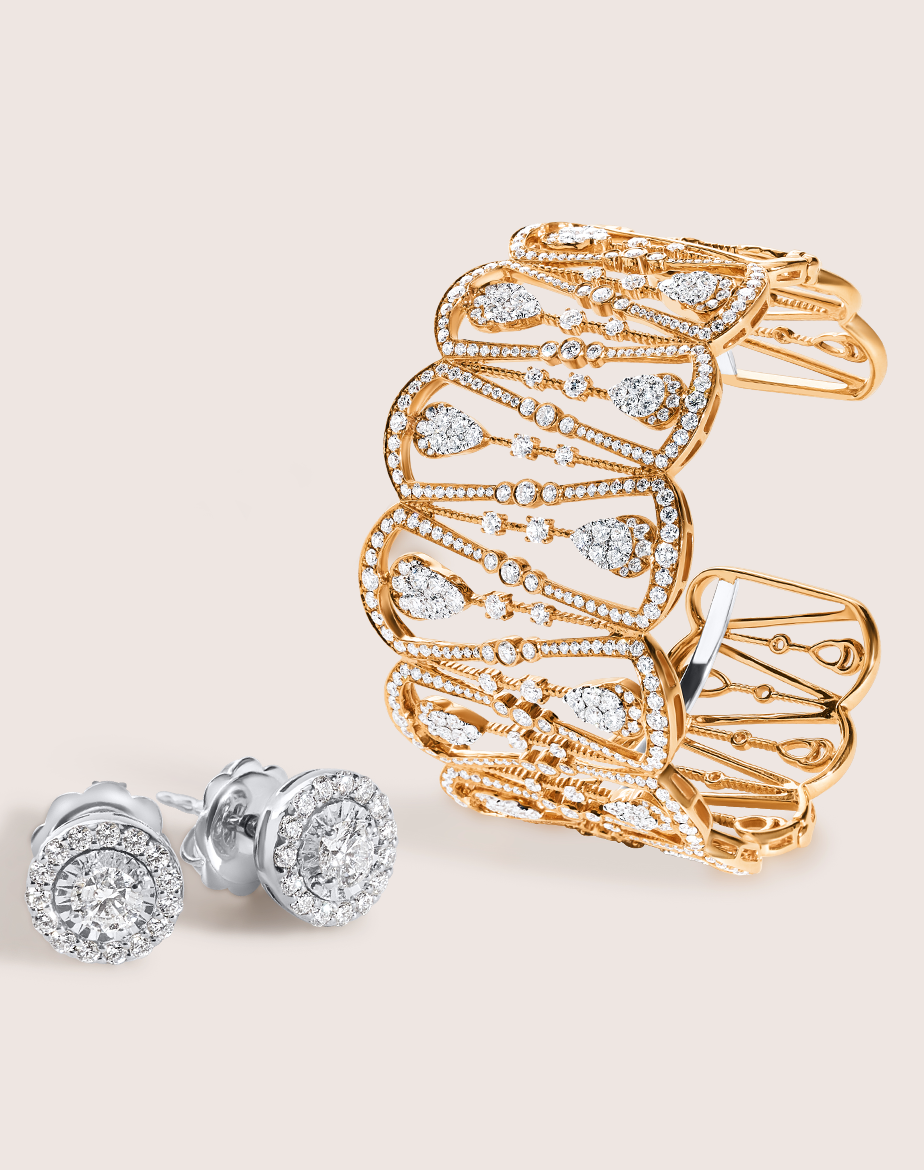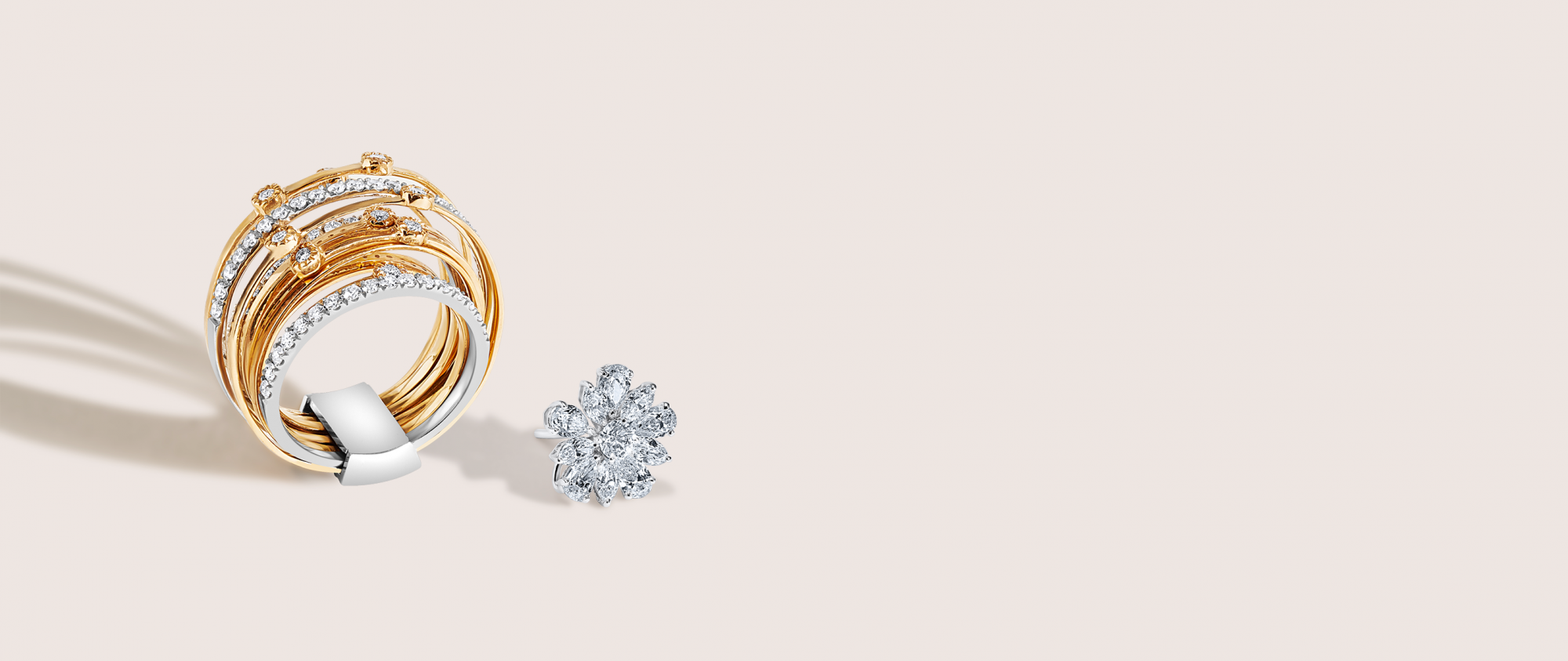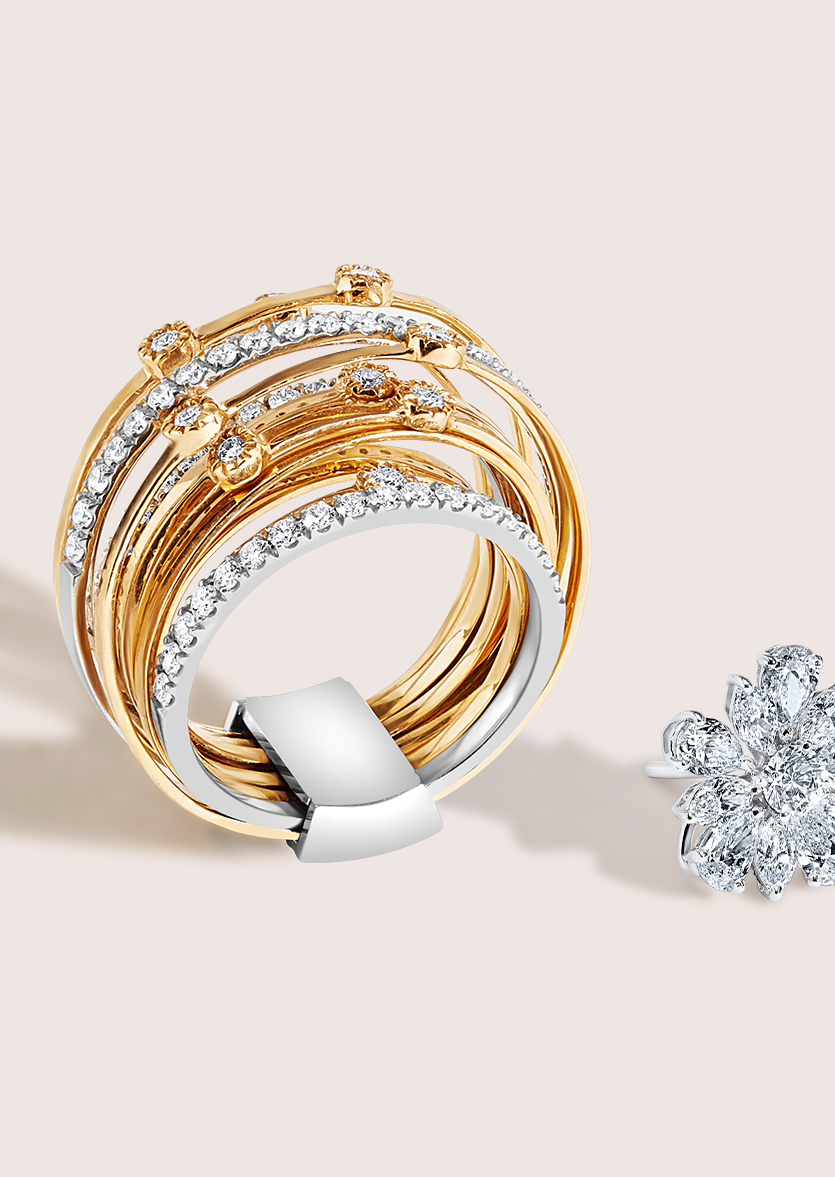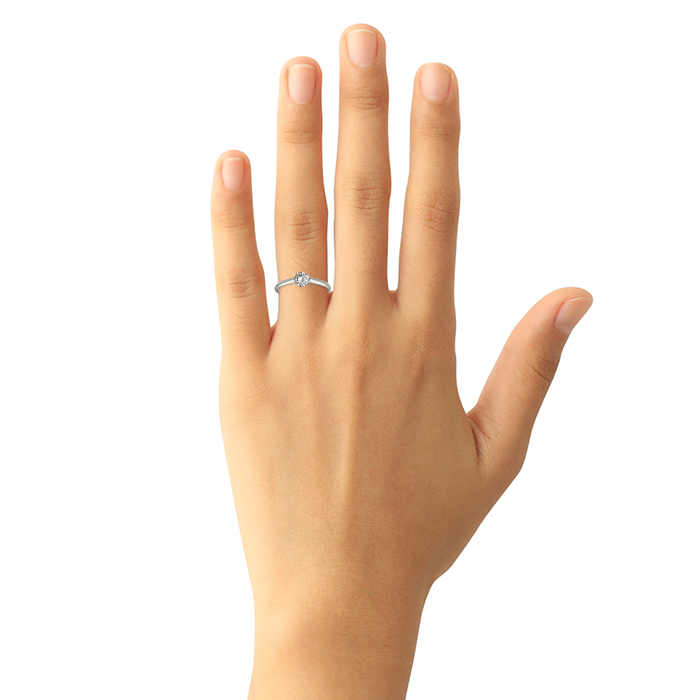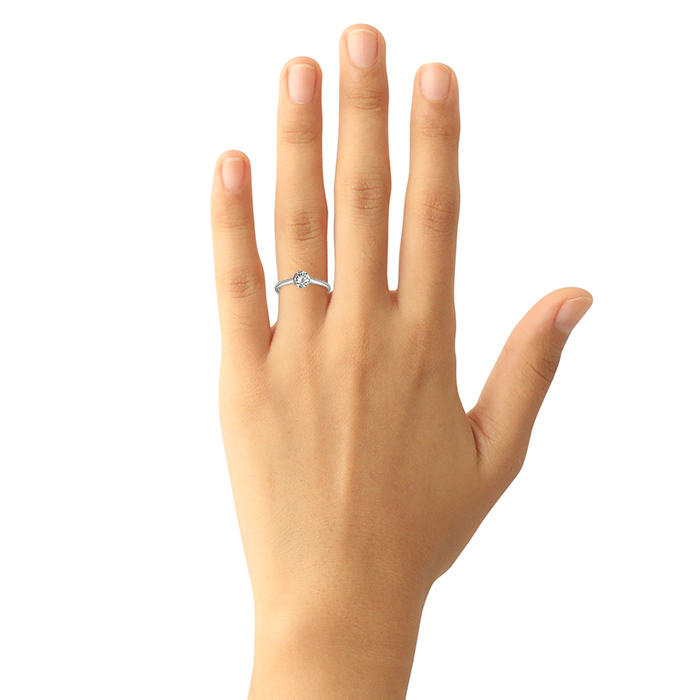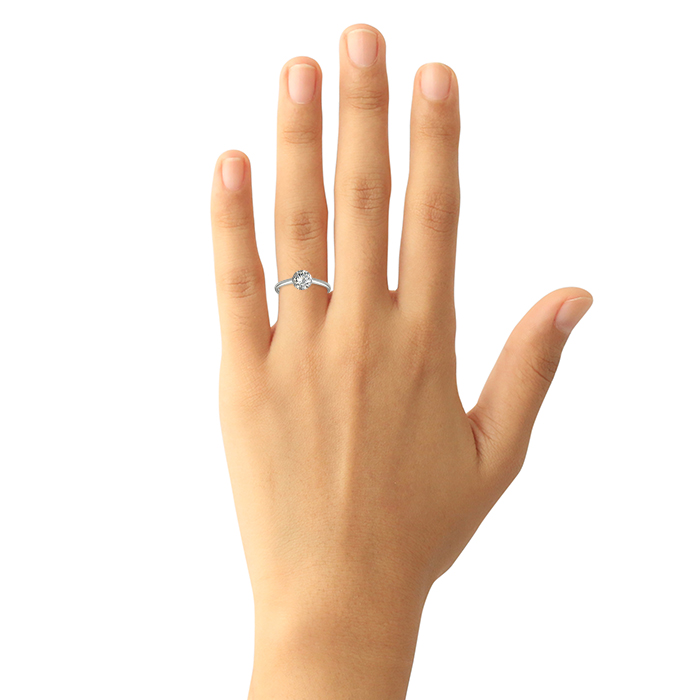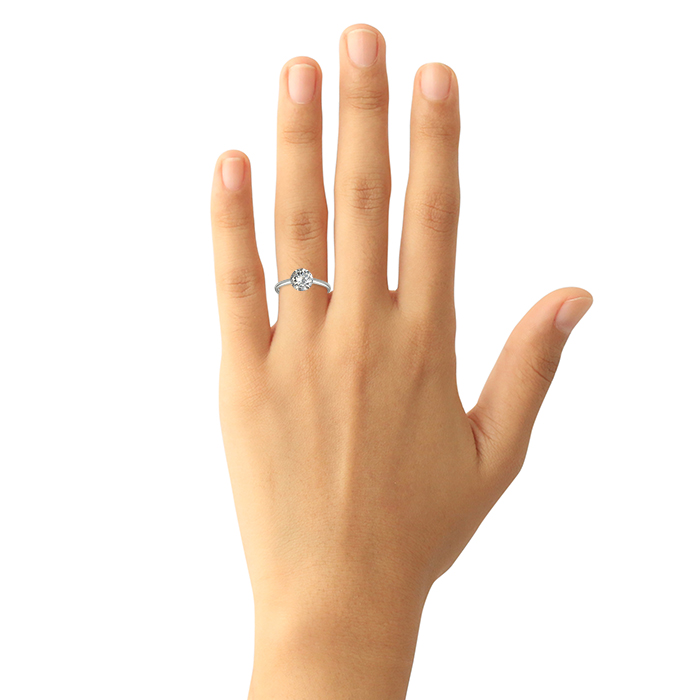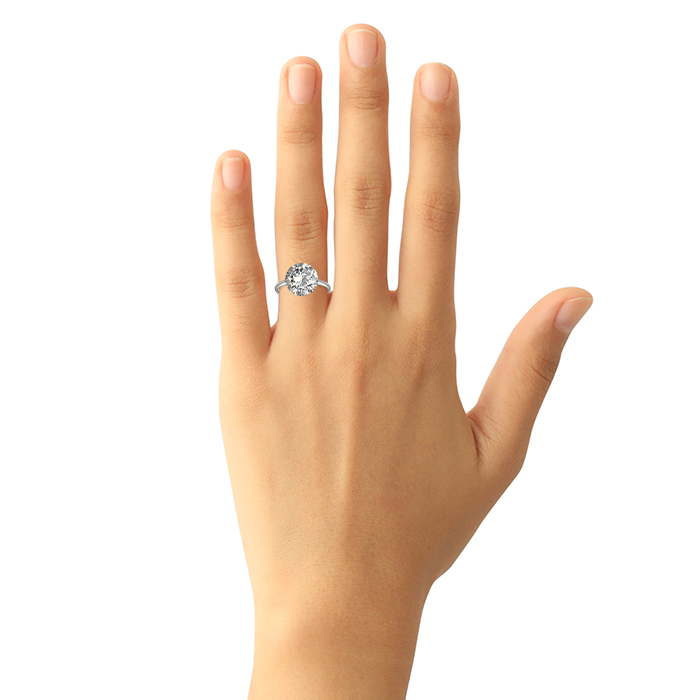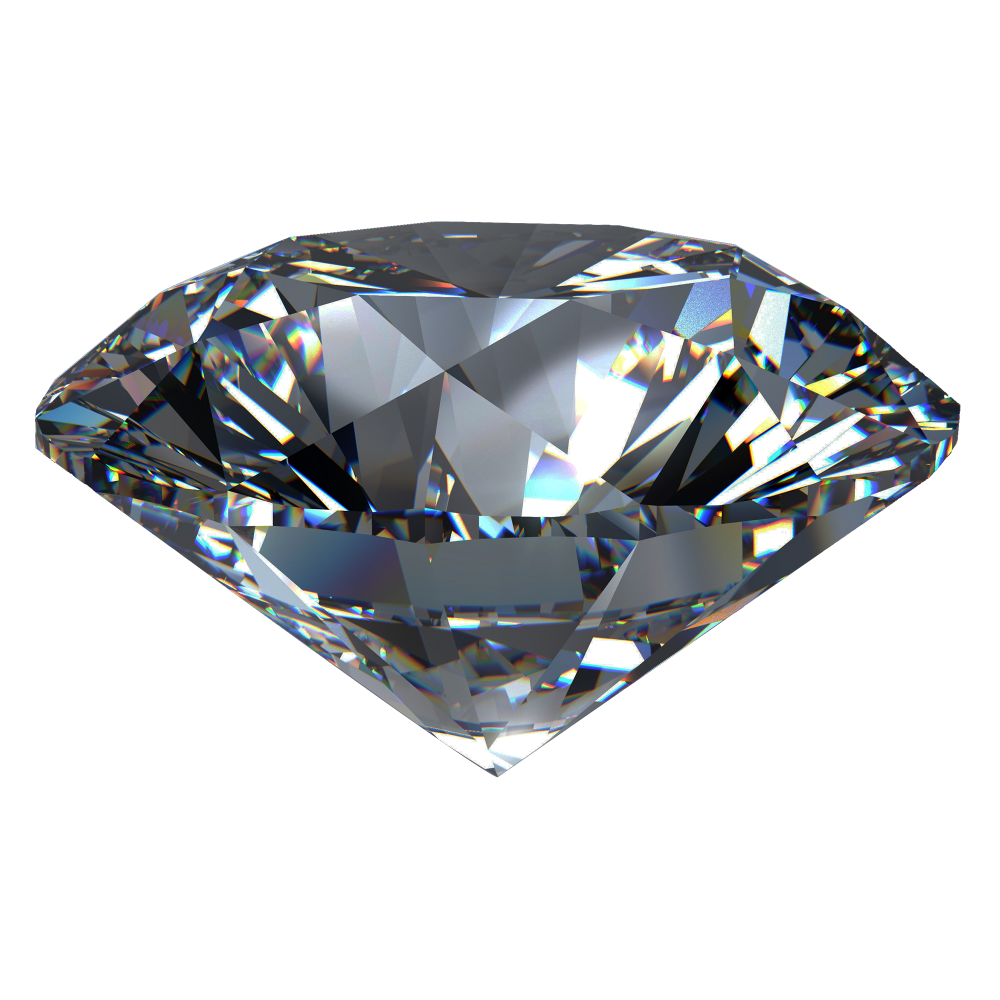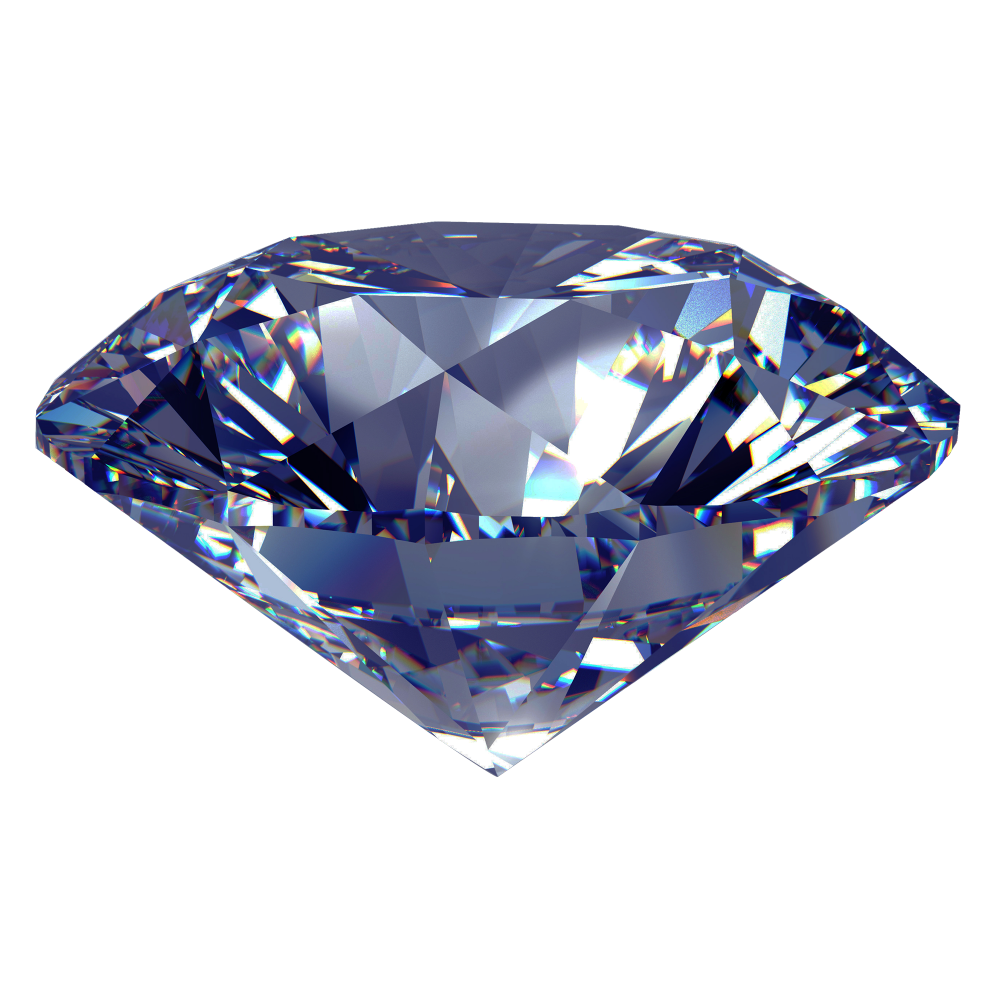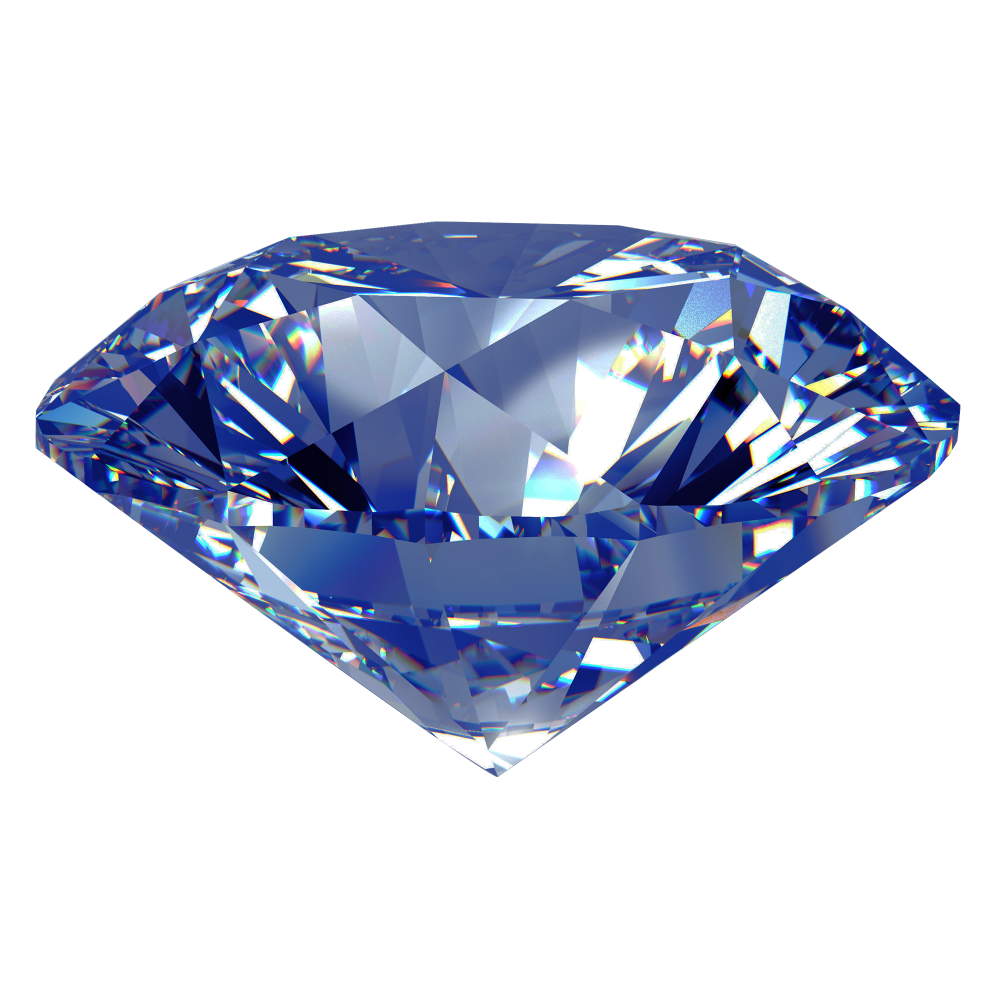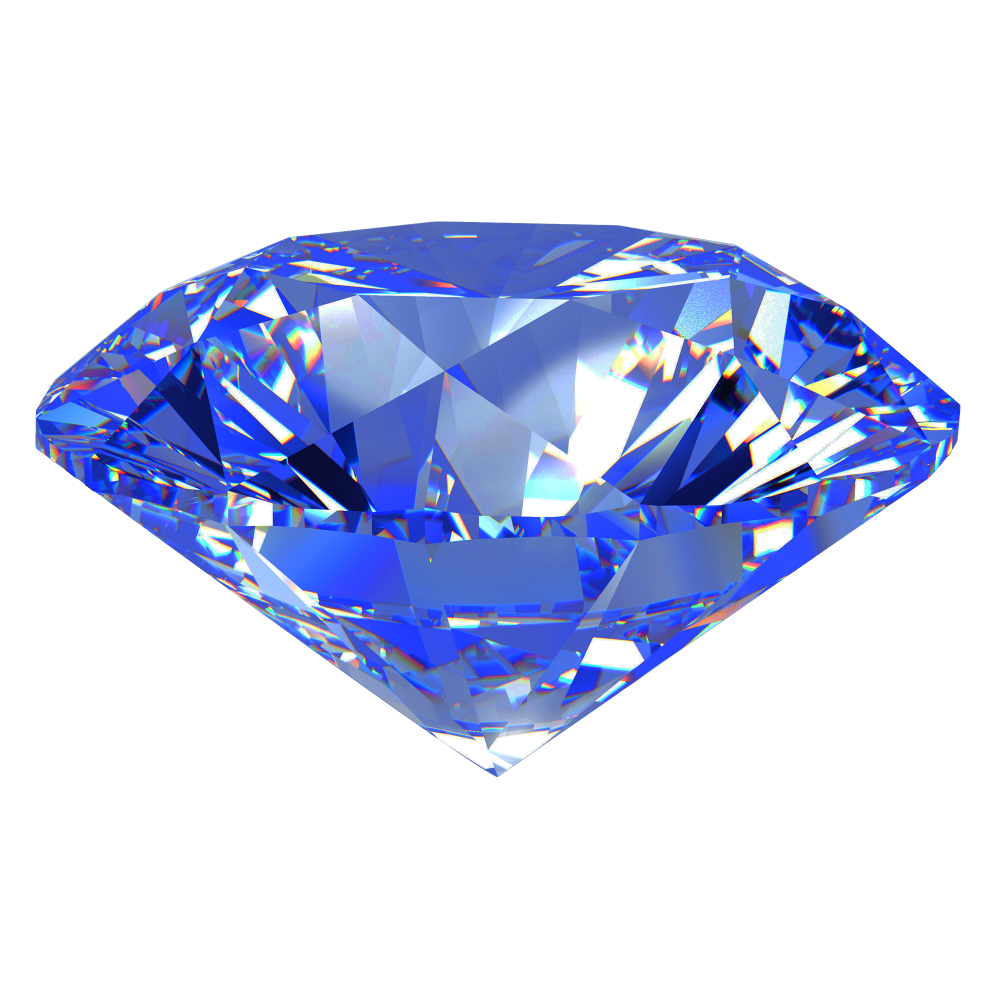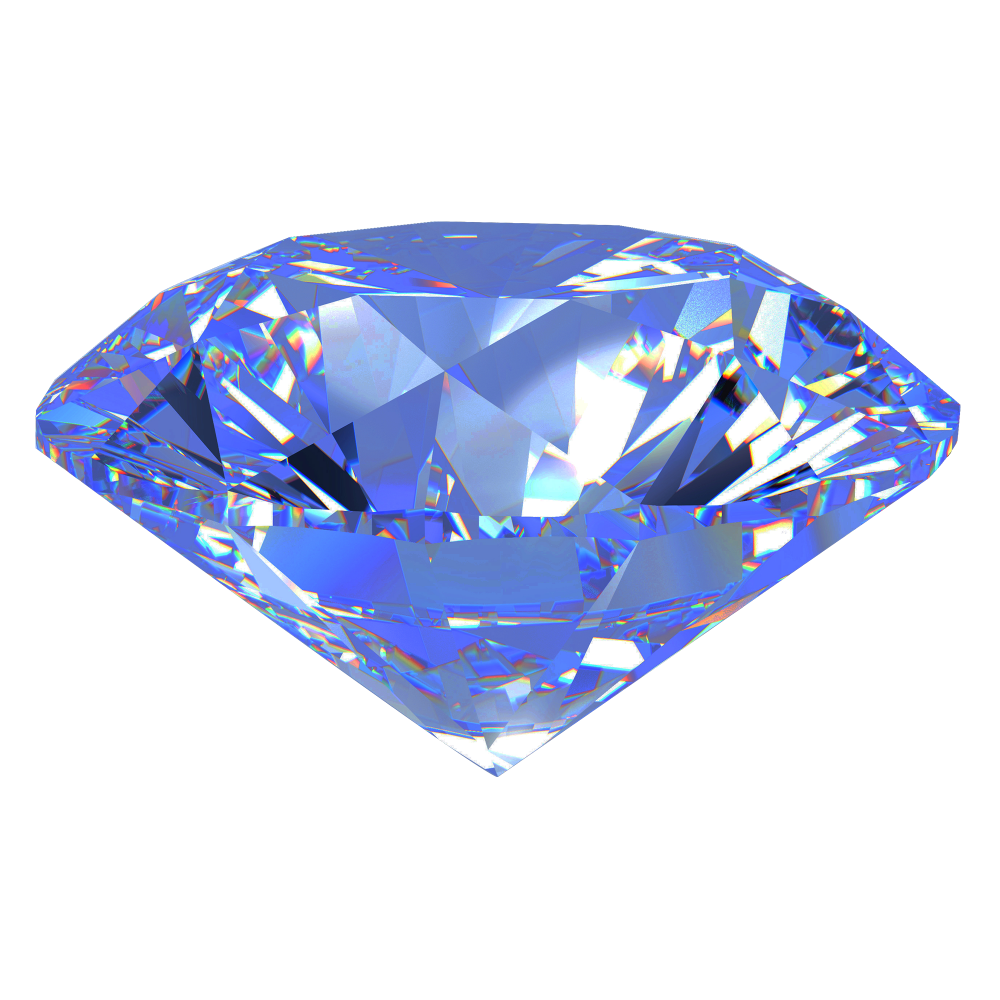Color
Though diamonds are transparent, almost all diamonds display some slight hint of color. A diamond's color is assessed against a scale from D through
Z —based on a standardized color grading system that has been internationally accepted since the 1950s. In creating engagement rings, Sujittra selects diamonds only from the top three grades (D, E, and F) unless specified by the customer. These diamonds are deemed colorless; they are the rarest and the most valuable.
Clarity
Almost all diamonds have slight internal and surface characteristics, most of them too small to be seen by the unaided eye. When viewed using a magnification of 10X, they can take various forms such as tiny crystals, clouds or feathers. To determine a diamond's clarity grade, a gemologist will consider its size, location, quantity and nature. Diamonds possessing no such characteristics are categorized as Flawless (FL) or Internally Flawless (IF). In general, the greater the imperfections are in number and size, the lower the clarity grade.
Sujittra diamonds are selected by experienced gemologists from the clarity grades of Flawless through VS2 using the highest and most strict standards. We reject diamonds with black inclusions, centrally located inclusions, and more visible type of inclusions.
Cut
The most important of the 4Cs, cut determines the shape and beauty of a diamond. What sets Sujittra apart is our commitment to selecting the most beautiful diamonds that maximize scintillation and fire. The diamonds we chose have the best proportions and the perfect positioning, shape and angle of facets.
Popular Cut
-

Round Brilliant
-
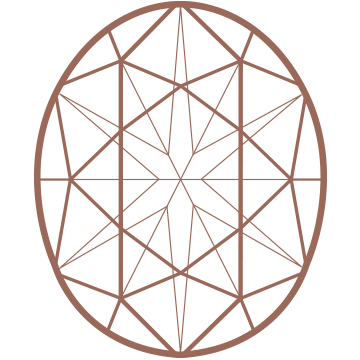
Oval
-
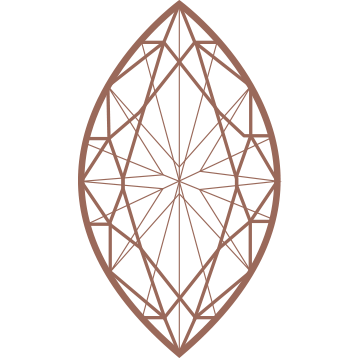
Marquise
-
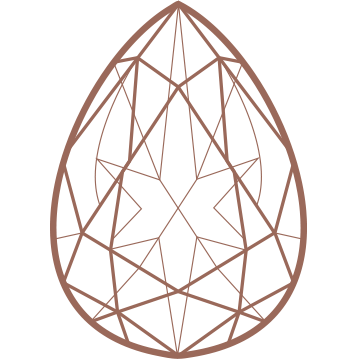
Pear
-
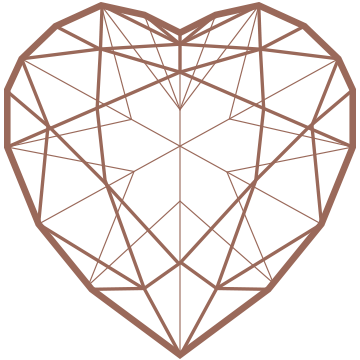
Heart
-
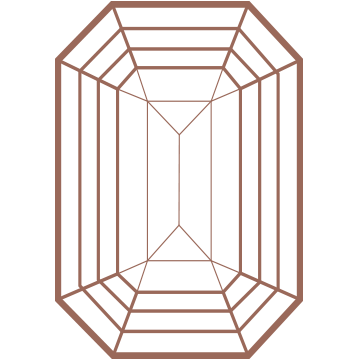
Emerald
Carat Weight
Carat denotes the weight of a diamond. Sujittra Diamonds are always selected to maximize brilliance, not carat weight. A carat equals 100 points or 1/5 of a gram. Diamonds of higher carat weight are generally more valuable because they are found less frequently in nature. But diamonds of equal carat weight may vary greatly in value because they differ in the quality of their cut, color and clarity.
Beyond 4Cs
Fluorescence
Fluorescence refers to a diamond's tendency to emit a soft colored glow when subjected to ultraviolet light. In some cases, fluorescence can make a diamond appear cloudy, diminishing its transparency and eye appeal. Such diamonds are often described as having an oily or milky appearance. Sujittra only sources its premium diamonds with no fluorescence. GIA Diamond Grading Reports describe a diamond’s fluorescence by its intensity and diamonds with no fluorescence are specified as None Fluorescence.
Brownish or Greenish undertone
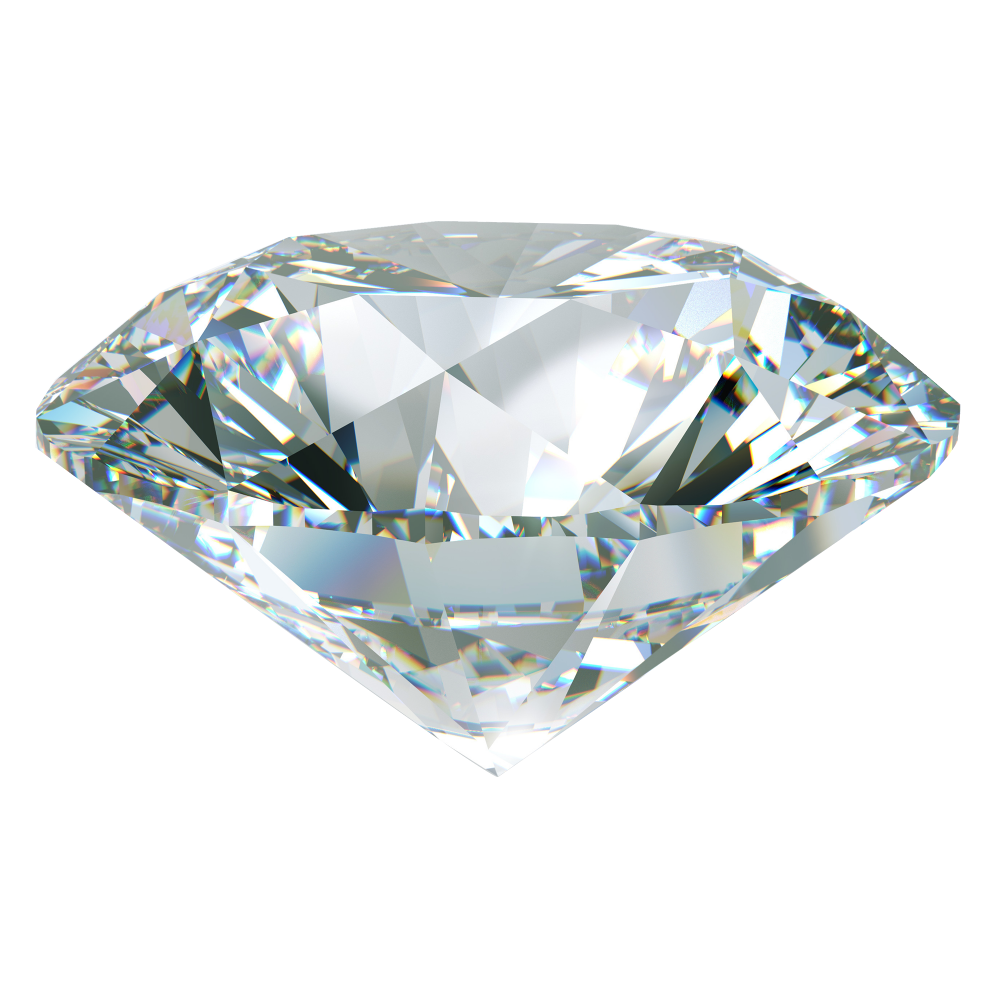
Greenish Undertone
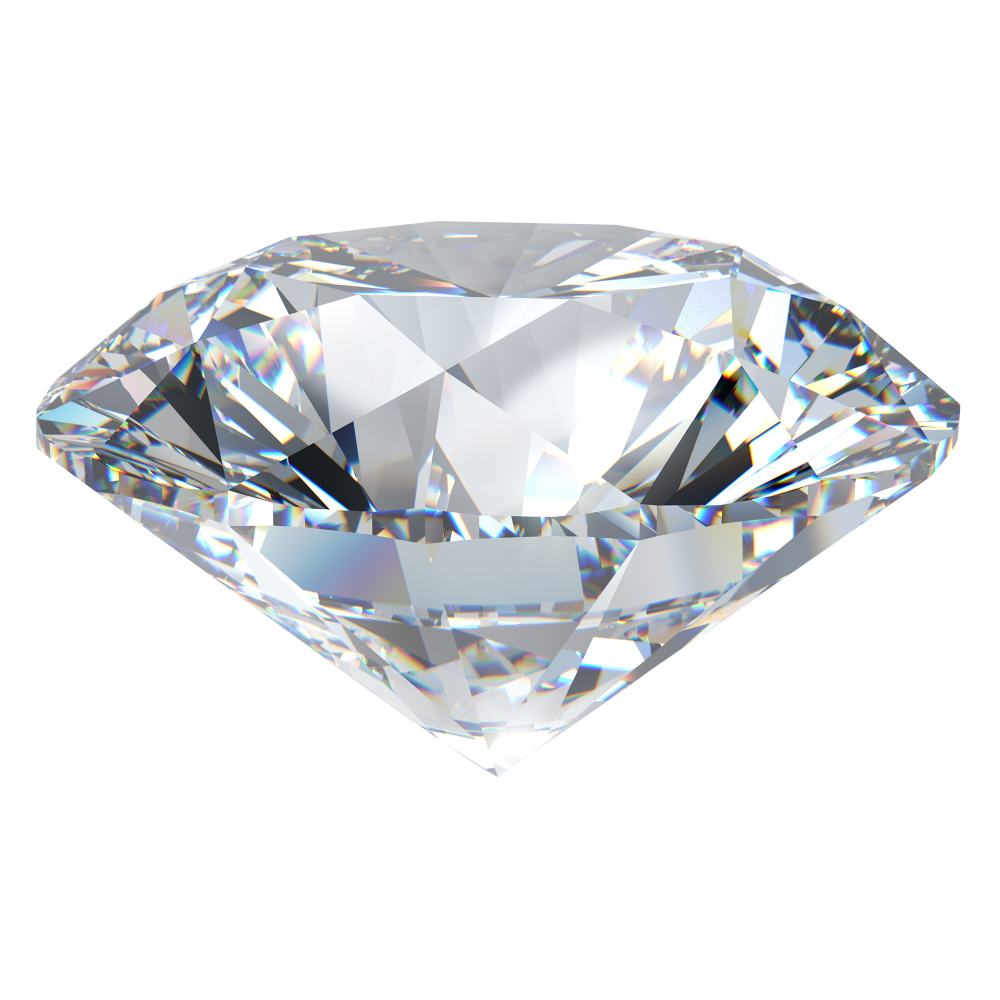
Colorless Diamond
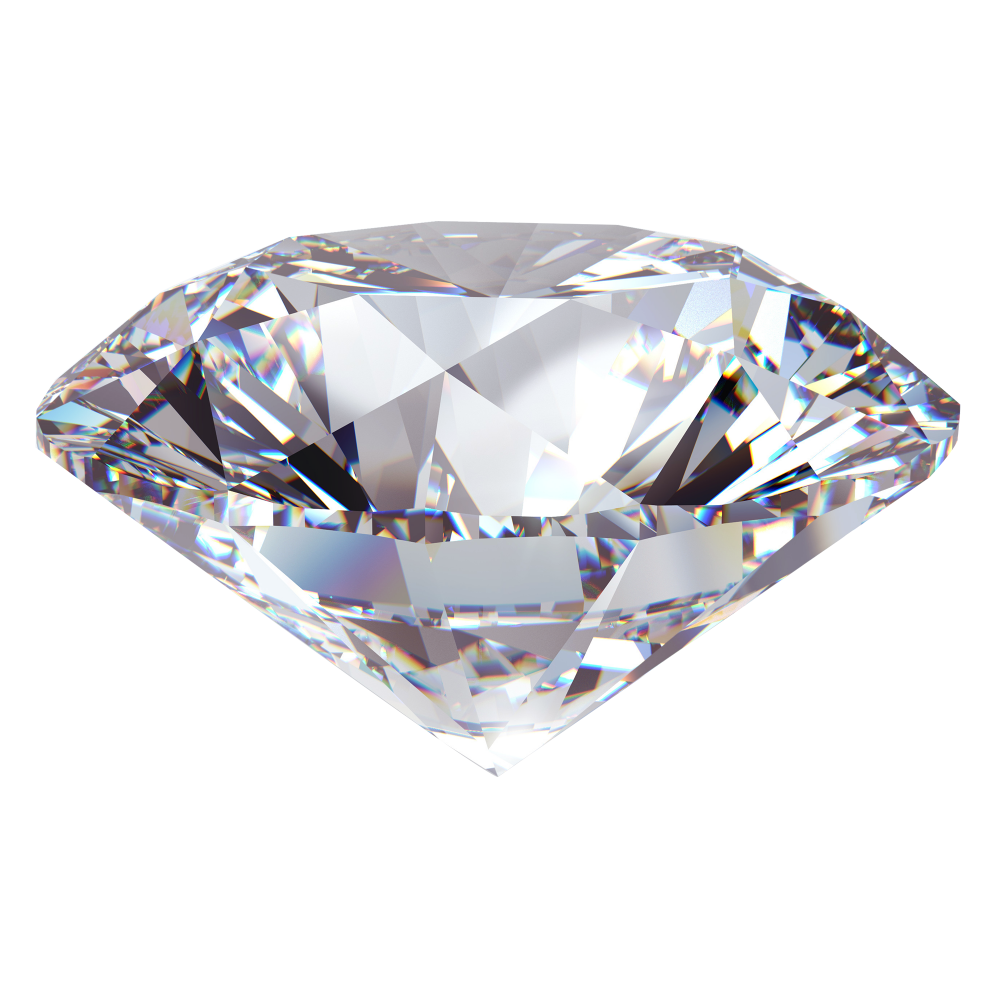
Brownish Undertone
The most common and expected undertone hue in diamonds is yellow. Other hues or undertones besides yellow can also be found, these undertones are brown and green which are never noted in a lab report. Diamonds with brown and green undertones are considered undesirable in the jewelry industry and are traded at a discount. Thus, Sujittra rejects all diamonds with brownish and greenish undertones..

We are committed to craft jewelry that exceeds your expectations. Your satisfaction is our number one priority.
